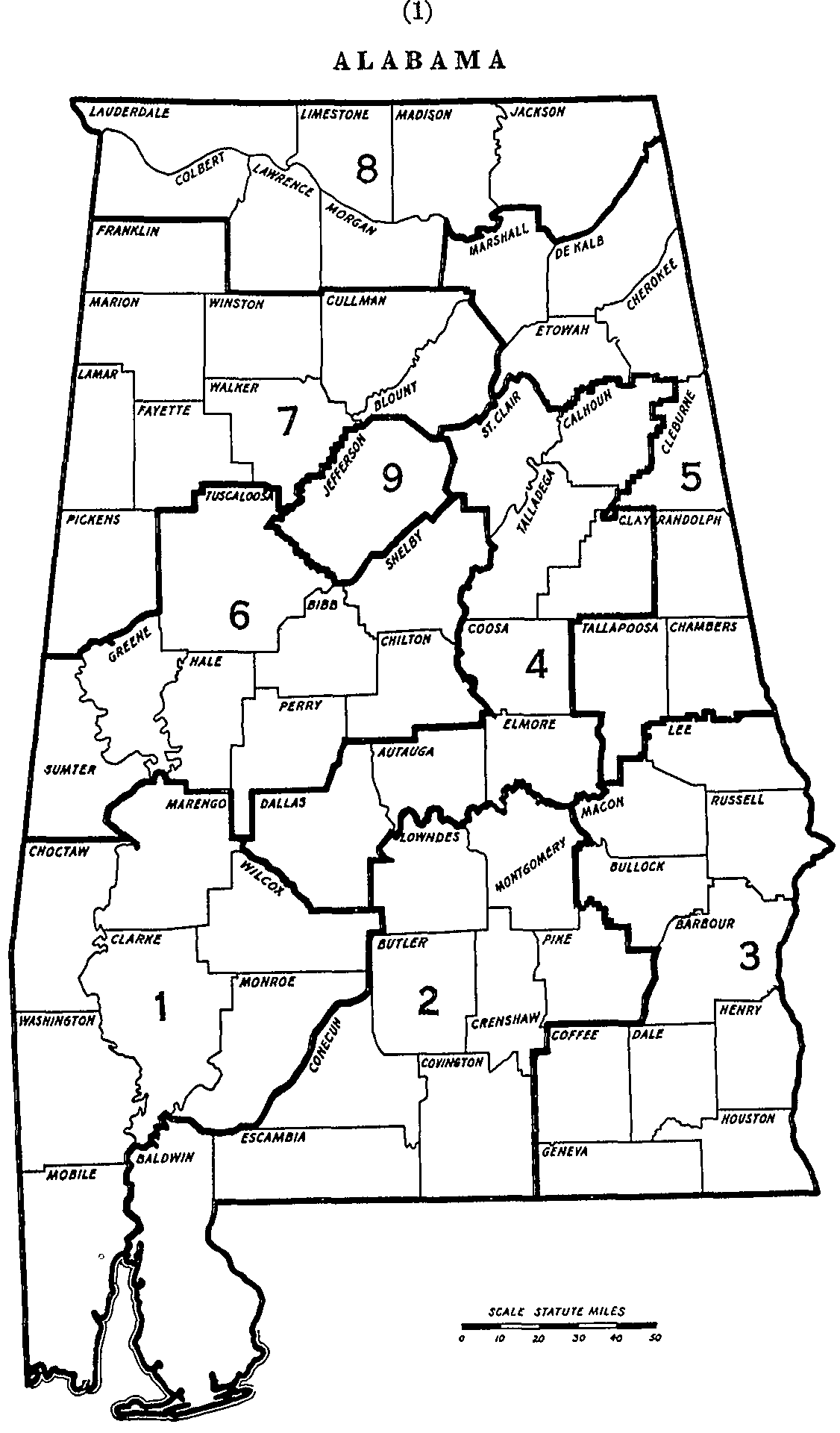This Day in Legal History: Colegrove v. Green
On June 10, 1946, the U.S. Supreme Court decided Colegrove v. Green, upholding an Illinois congressional districting scheme that created dramatically uneven district populations. The plaintiffs argued the map diluted votes by packing more people into some districts than others, violating principles of equal representation. However, the Court, in a plurality opinion by Justice Felix Frankfurter, declined to intervene. Frankfurter emphasized that districting was a “political question” and not within the judiciary’s purview to resolve.
This ruling effectively insulated redistricting practices from federal judicial review and left voters in malapportioned districts without a constitutional remedy. Frankfurter’s view was rooted in judicial restraint, warning against courts becoming embroiled in “political thickets.” But critics argued that this deference allowed entrenched political interests to ignore population shifts and disenfranchise urban voters.
The decision stood until 1962, when the Court reversed course in Baker v. Carr. There, the justices held that federal courts could indeed hear redistricting cases under the Equal Protection Clause, ushering in the “one person, one vote” era. Colegrove thus marked the high-water mark of the political question doctrine’s use in avoiding electoral oversight—a stance the Court ultimately abandoned.
Mexico’s antitrust regulator is poised to issue a ruling by June 17 on whether Google engaged in monopolistic practices in the country’s digital advertising market. If found guilty, the tech giant could face a fine amounting to 8% of its annual Mexican revenue—potentially one of the largest ever imposed by the agency. The case began in 2020 and moved into a trial phase last year, with a key hearing held on May 20. Mexican regulators claim Google built an illegal monopoly, and has obtained financial data from the Mexican tax authority as part of its investigation.
Google, which hasn’t disclosed Mexico-specific revenue but reported $20.4 billion for the broader “other Americas” region in 2024, could seek an injunction to delay the ruling pending judicial review. This would parallel similar antitrust issues the company faces in the U.S., where courts have ruled against its dominance in search and advertising technologies.
Adding to tensions, President Claudia Sheinbaum has sued Google for renaming the Gulf of Mexico to “Gulf of America” for U.S. users—a move she claims Google had no authority to make. The long-standing antitrust case has drawn political attention, with lawmakers urging Mexican officials to act.
Google in Mexico faces major potential fine as antitrust ruling nears | Reuters
Texas has taken a meaningful first step toward curbing abuse in its affordable housing tax system with HB 21, but the new law leaves major gaps that developers could still exploit. Signed by Governor Greg Abbott, HB 21 aims to end long-term tax breaks for projects that offer little true affordability. However, the bill’s reliance on “area median income” (AMI) to define affordability creates a loophole: in wealthy areas, rent set at 80% of AMI can be as high as typical market rates, making the term “affordable” misleading.
The law requires that half of all units be reserved for “low-income” tenants, but without adjusting for local wage realities, this standard fails to address the needs of those most burdened by housing costs. Worse still, enforcement is delayed—audits may take years, and there is no mechanism to reclaim tax benefits already received by developers who fall out of compliance. This makes upfront compliance optional in practice, not mandatory.
While HB 21 mandates parity in amenities between market-rate and affordable units, this provision seems symbolic without robust inspection. The lack of a tax credit clawback—something present in federal programs like the Low-Income Housing Tax Credit—further weakens accountability.
The bill’s structure could dissuade honest developers, who face unclear or burdensome requirements, while allowing bad actors to benefit before facing any scrutiny. Texas risks ending exploitative deals without fostering enough viable new ones, exacerbating its housing shortage.
Texas Housing Law Addresses Problem but Creates Major Loopholes
As the push for government efficiency grows, the IRS is considering using artificial intelligence to identify noncompliant taxpayers based on past audit outcomes. While this might sound like a smart upgrade, history offers a sobering warning. The Netherlands tried something similar, using AI to spot fraud in childcare benefits, and it ended in a national scandal—the algorithm disproportionately targeted minority families, human reviewers failed to intervene, and the fallout brought down the government.
A recent Treasury Inspector General for Tax Administration (TIGTA) report suggests the IRS could “leverage examination results” to improve case selection algorithms. But this raises red flags. IRS audit history isn’t neutral. A 2023 joint study by Stanford and the Treasury Department found that Black taxpayers were audited up to 4.7 times more than others, especially when claiming the Earned Income Tax Credit. That disparity likely came from algorithmic choices aimed at efficiency, not fairness.
If the IRS trains AI on this unfiltered historical data, it risks cementing and expanding past biases into future audits. AI could be a powerful tool—but only if accompanied by key safeguards. First, training data must be rigorously reviewed to eliminate bias. Second, model decisions must be transparent so we understand how and why certain cases are flagged. And third, human reviewers must be actively trained and authorized to question and override algorithmic decisions.
Week in Insights: TIGTA’s AI Ambitions Risk Rerun of Dutch Fiasco













